Sharing is caring!
One day in early October a group of 11th grade students entered their high school English classroom and their teacher (me!) bellowed “Let’s get ready to rumble!!!”
You can imagine the look on their faces and the glances between them. They were all wondering what sort of fight club situation they now found themselves in during second period! Instead, they learned that this rumble was an activity to teach figurative language!
Sure they rolled their eyes at first but let me tell you these students dove deep and the collaboration and competition sparked some of their best efforts!
How to teach figurative language?
You’ve probably used a variety of options to teach figurative language and this one is another to add to your repertoire! In fact, of all the activities for figurative language this one is usually most successful in my high school English classroom.
This ‘rumble’ is a collaborative learning activity designed to review figurative language. Use this review technique as a refresher activity at the start of a unit, practice within a unit, or wherever else you want to add some fun, collaboration, and language practice.
How does it work?
First, put students in small groups. Usually, 3-4 students are ideal for this activity.

Then give students a list of requests or prompts for lines of poetry.
These prompts can first be brainstormed by students. Give each student a sticky-note (or several) and ask them to include one prompt on each note. Group all sticky-notes together (I have a random fish bowl that I use for these types of activities) and then pull prompts for the rumble.
Prompts for figurative language could include:
- a line of alliteration using the first letter of two group members’ last names
- a line using hyperbole to describe school or whatever else
- a line with a metaphor or simile about a strong emotion (love/hate)
- a line of personification about a school supply or whatever else
The possibilities here are endless! But you might want to include some guidelines – what literary terms can be included, that it must be for a single line of poetry, that they need to remember this is for a class assignment (you can have them add their name to their submissions to ensure accountability if required).
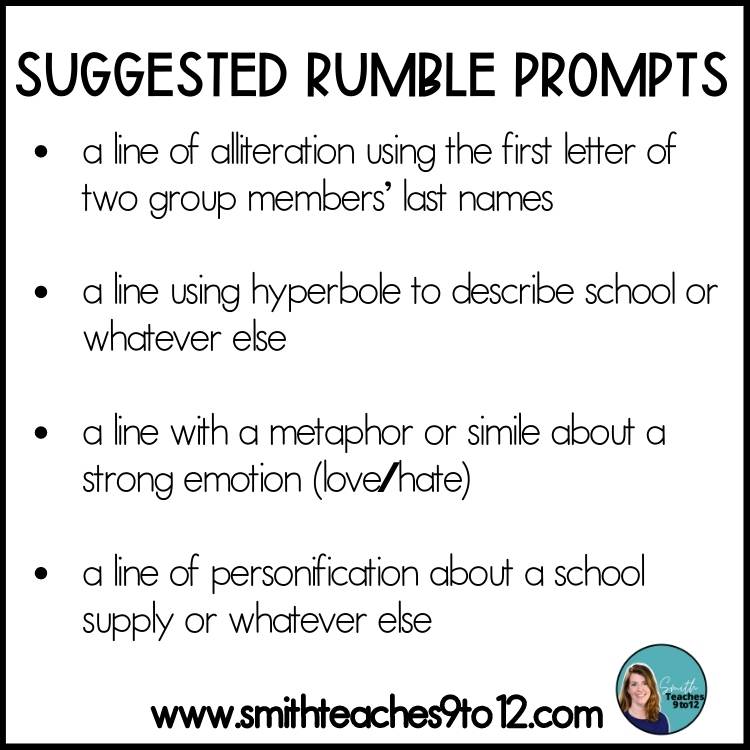
Seven to 10 lines work well for this activity. So, pull 10 prompts to use. Note: Don’t use these lines in a particular order. In fact, encourage students to write them in a random order to help facilitate the second option of the rumble activity outlined below.
You can use the rest of the prompts to teach figurative language for another round in class that day or another day/time. These can work as a bell ringer activity with a choice of 1-2 prompts that are specific to an upcoming lesson.
Once the prompts are chosen, hand out those smelly markers (!) and some chart paper. In their small groups, students write their lines on the supplied chart paper following the provided prompts.
Depending on the group of students, they can use a review sheet of different figurative language devices to jog their memory and support their learning. To help facilitate this activity to teach figurative language check out this lesson with 18 common devices and 7 full-text poems for analysis, with teacher notes!
To increase the challenge make it a timed activity. As a first round, start with 5 minutes and check in to see if more time (another 1-2 minutes or more) is necessary.
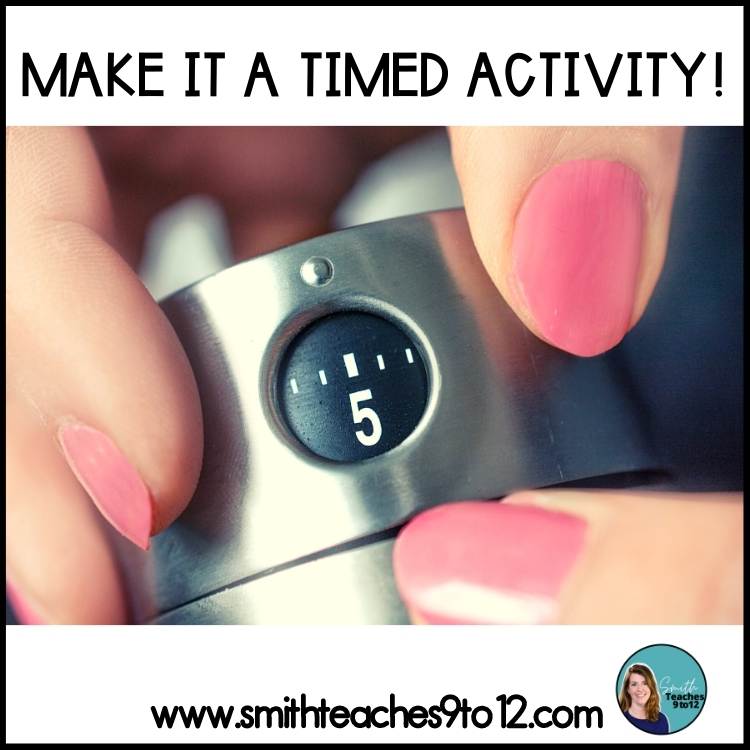
Then the rumble itself begins where students share their lines of poetry using the figurative language devices. Complete this as a gallery walk for review of each others’ work or have groups trade their chart paper to identify the others’ figurative language devices. This second option is where it’s great if students didn’t write their lines in a particular order. With this option, students have to do some added critical thinking in order to see which line is for which prompt/device.
This activity is ideal to review or teach figurative language devices before tackling poetry or exploring song lyrics. It’s a great way to introduce poetry analysis or creative writing lessons too! This activity gets students working together, reviewing learning, and quite often laughing at the choice of prompts and the lines written from those prompts!

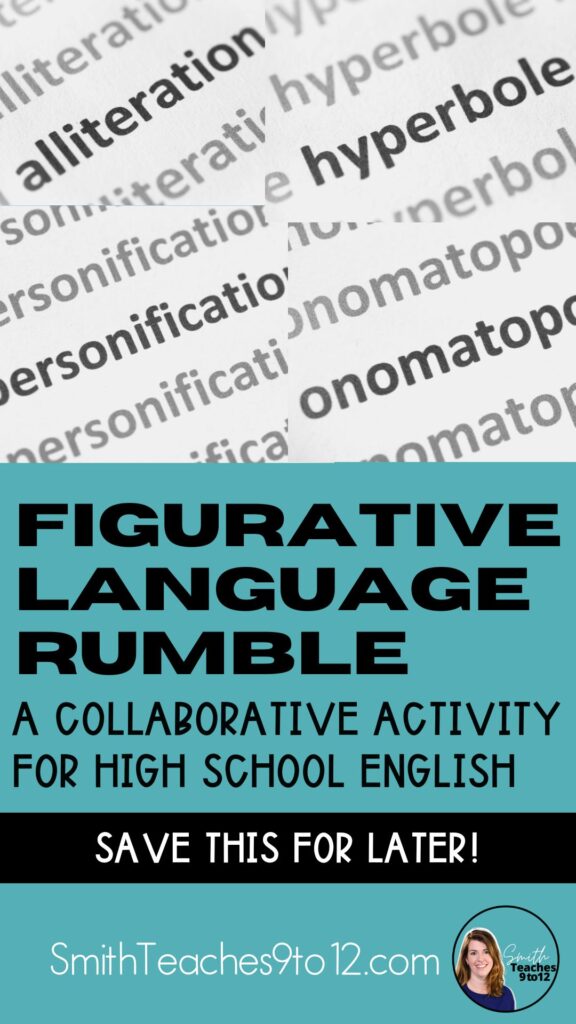
Related Articles:
- 3 Poetry Activities to Build Class Community
- 6 Ways to Include Poetry in Your Next Novel Study
- 10 Poems with Imagery for Back to School
If you’re looking to include more poetry, check out the FREE e-book! It includes 5 suggested poems for every month of the year and 8 activities to work with any poem!

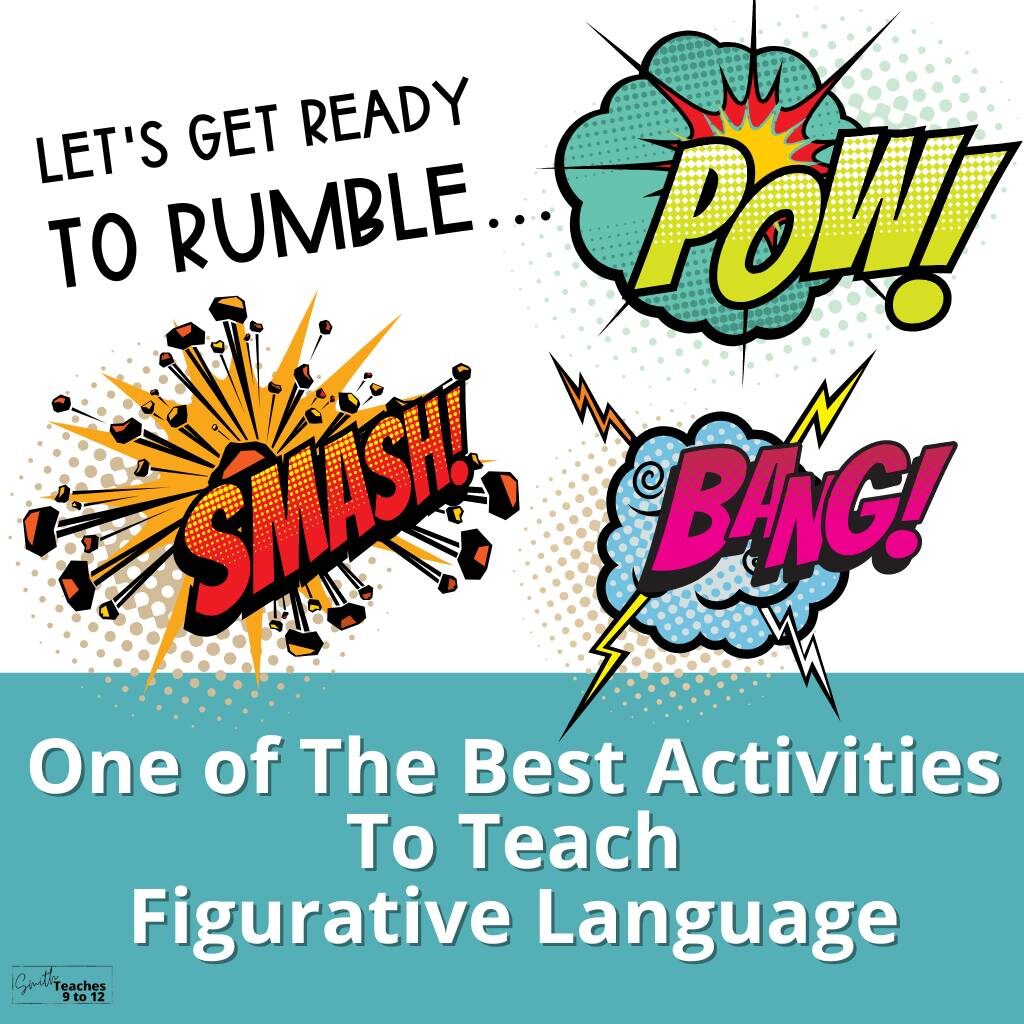

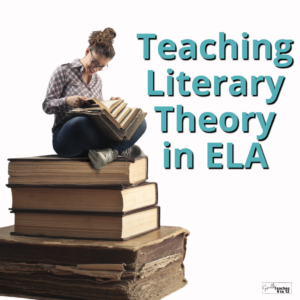
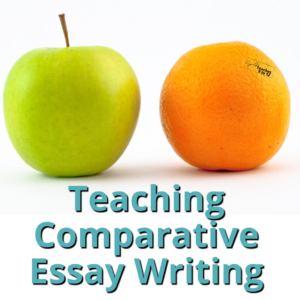
2 Responses